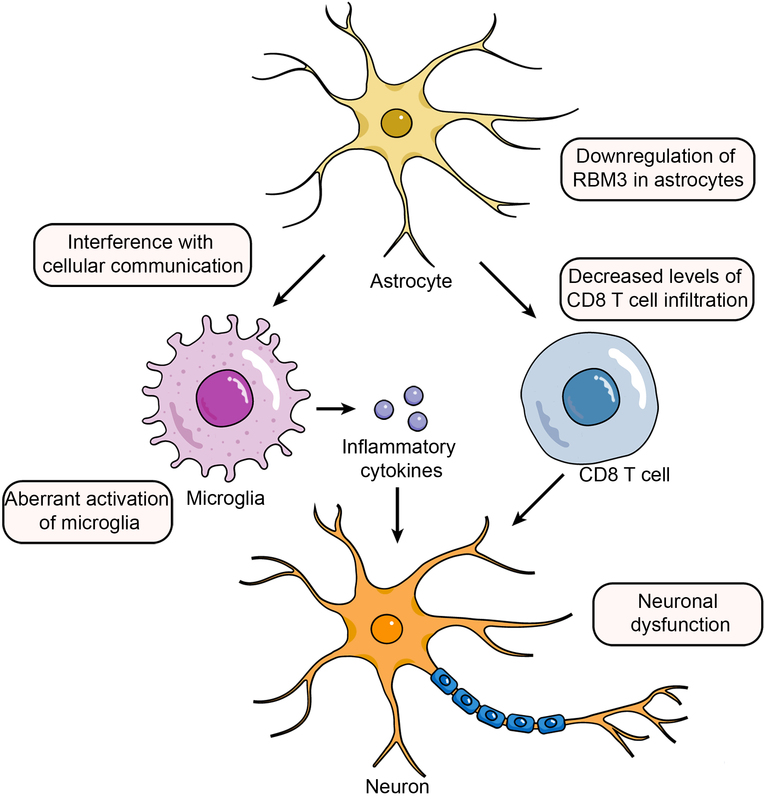Current issue
Archive
Manuscripts accepted
About the Journal
Editorial office
Editorial board
Abstracting and indexing
Subscription
Contact
Ethical standards and procedures
Most read articles
Instructions for authors
Article Processing Charge (APC)
Regulations of paying article processing charge (APC)
NEUROLOGY / RESEARCH PAPER
Identification of biomarkers of Alzheimer's disease and their characterization of immune function
1
Department of Neurology, Nanfang Hospital, Southern Medical University, Guangzhou 510515, China
2
School of Stomatology, Southern Medical University, Guangzhou 510515, China
3
Department of Ultrasound, the Second Affiliated Hospital of Guangzhou Medical University, Guangzhou 510515, China
4
The Second Affiliated Hospital of Guangzhou Medical University, Guangzhou 510515, China
5
College of Teacher’s Education, Guangdong University of Education, Guangzhou 510515, China
6
Department of Respiratory Medicine, Puyang People's Hospital, Henan, 457000, China
7
Mayo Clinic, United States
These authors had equal contribution to this work
Submission date: 2023-10-19
Final revision date: 2024-04-29
Acceptance date: 2024-05-15
Online publication date: 2024-06-07
KEYWORDS
TOPICS
ABSTRACT
Introduction:
Alzheimer's disease (AD) is a neurodegenerative disease with neurogenic fiber tangles caused by amyloid-β protein plaques and tau protein hyperphosphorylation as the pathological manifestations. This study was based on multi-omics to investigate the mechanisms and immune characterization of AD.
Material and methods:
Based on bulk RNA-seq (GSE122063 and GSE97760), we screened potential biomarkers for AD by differential expression analysis and machine learning algorithms. Then, we elaborated the expression characteristics and immune functions of the above biomarkers by scRNA-seq (single-cell RNA sequencing) data analysis (GSM4996463 and GSM4996462) and immune infiltration analysis.
Results:
Five biomarkers (RBM3, GOLGA8A, ALS2, FSD2, and LOC100287628) were identified using machine learning algorithms. Single-cell analysis revealed distinct expression patterns of these biomarkers in astrocytes from AD samples compared to normal samples. Additionally, three key biomarkers were selected based on interaction networks, and the diagnostic models indicated high diagnostic efficacy for these biomarkers. Based on immune infiltration and correlation analyses, RBM3, GOLGA8A, and ALS2 were all highly correlated with CD8 T cell content in the immune microenvironment of AD.
Conclusions:
The biomarkers identified in this study demonstrate significant diagnostic potential for AD. Notably, the downregulation of RBM3 in astrocytes and the decreased presence of CD8 T cells infiltrating brain tissue are potential risk factors for AD.
Alzheimer's disease (AD) is a neurodegenerative disease with neurogenic fiber tangles caused by amyloid-β protein plaques and tau protein hyperphosphorylation as the pathological manifestations. This study was based on multi-omics to investigate the mechanisms and immune characterization of AD.
Material and methods:
Based on bulk RNA-seq (GSE122063 and GSE97760), we screened potential biomarkers for AD by differential expression analysis and machine learning algorithms. Then, we elaborated the expression characteristics and immune functions of the above biomarkers by scRNA-seq (single-cell RNA sequencing) data analysis (GSM4996463 and GSM4996462) and immune infiltration analysis.
Results:
Five biomarkers (RBM3, GOLGA8A, ALS2, FSD2, and LOC100287628) were identified using machine learning algorithms. Single-cell analysis revealed distinct expression patterns of these biomarkers in astrocytes from AD samples compared to normal samples. Additionally, three key biomarkers were selected based on interaction networks, and the diagnostic models indicated high diagnostic efficacy for these biomarkers. Based on immune infiltration and correlation analyses, RBM3, GOLGA8A, and ALS2 were all highly correlated with CD8 T cell content in the immune microenvironment of AD.
Conclusions:
The biomarkers identified in this study demonstrate significant diagnostic potential for AD. Notably, the downregulation of RBM3 in astrocytes and the decreased presence of CD8 T cells infiltrating brain tissue are potential risk factors for AD.
Share
We process personal data collected when visiting the website. The function of obtaining information about users and their behavior is carried out by voluntarily entered information in forms and saving cookies in end devices. Data, including cookies, are used to provide services, improve the user experience and to analyze the traffic in accordance with the Privacy policy. Data are also collected and processed by Google Analytics tool (more).
You can change cookies settings in your browser. Restricted use of cookies in the browser configuration may affect some functionalities of the website.
You can change cookies settings in your browser. Restricted use of cookies in the browser configuration may affect some functionalities of the website.



